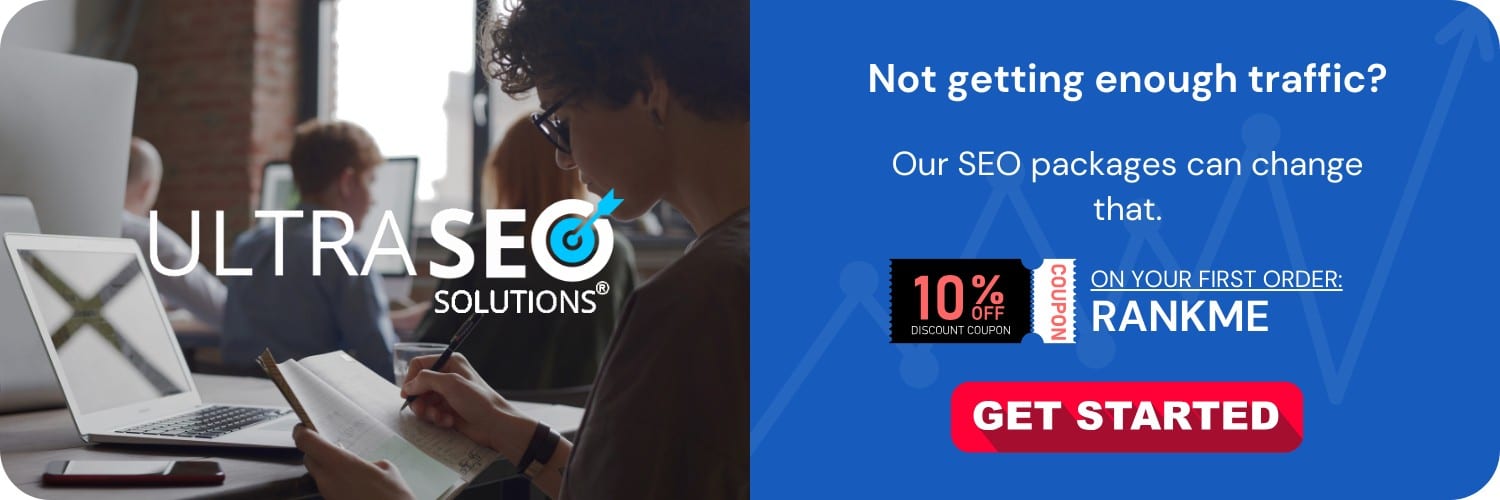
When tackling the question of how many keywords per page are optimal for SEO, the short answer is there isn’t a one-size-fits-all numeric value; it depends on the content’s quality, relevance, and context. However, a general guideline is to focus on one primary keyword or keyphrase per page and use it naturally within the text, while also including a handful of closely related secondary keywords and semantic variations.
Understanding Keywords in the Context of SEO
Before we get into the depths of keyword strategy, let’s first understand what keywords are in the realm of SEO. Keywords are the words or phrases that internet users type into search engines to find content that answers their questions, solves their problems, or meets their needs. In essence, these are the connectors between your content and your prospective audience.
Search engines use these keywords as a compass to direct users to the most relevant web pages. That’s why including the right keywords in your web content is pivotal for visibility. But it’s not about cramming as many as possible into your copy; it’s about strategic placement, relevance, and providing value. Let’s further explore these elements.
Primary vs. Secondary Keywords
Differentiating between primary and secondary keywords is crucial. Your primary keyword is the main focus of your page – the term for which you most want to rank. It specifically matches the central topic of your content. Secondary keywords are supplementary terms that support the primary keyword. They add context and help search engines understand the topic’s breadth and scope.
Choosing The Right Primary Keyword
Selecting the right primary keyword for your page requires research. It should be:
- Relevant to your content and audience
- Specific enough to define your topic
- Searchable, meaning people actually use it in search queries
- Competitive, but not so popular that ranking becomes improbable
Once you’ve identified your primary keyword, the next step is to integrate it seamlessly into your page’s content.
Integrating Secondary Keywords
Secondary keywords complement your primary keyword and provide additional context. For instance, if your primary keyword is “vegan recipes,” your secondary keywords could be “easy vegan dinners” or “plant-based meals.”
These variations help capture additional search traffic and satisfy broader user intents. By weaving in these related terms, you create a richer, more informative content experience for both the user and search engines.
Keyword Density and Usage
A common debate in SEO circles is around keyword density – the frequency with which your primary keyword appears in your content. There’s no strict formula for an ideal keyword density, but a common approach is to aim for 1-2% of your text. Going beyond this could risk appearing manipulative to search engines and degrade the user experience.
Here are some tips for natural keyword usage:
- Include your primary keyword in the title tag, headers, and meta description where possible.
- Place the primary keyword naturally in the opening paragraph to establish topic relevance early on.
- Use variations of your primary keyword and secondary keywords throughout the text to cover a range of related queries.
- Ensure the content remains readable and user-friendly – never force a keyword where it doesn’t make semantic sense.
Semantic Variations and Long-tail Keywords
Search engines have become adept at understanding synonyms and related terms – a concept known as semantic search. Including semantic variations, synonyms, and long-tail keyword phrases (longer, more specific phrases) can enhance your content’s relevance without overusing a single term.
Long-tail keywords often have lower search volumes but can drive highly targeted traffic because they align closely with specific user intents. Incorporating these can help capture a niche audience and potentially boost conversion rates.
User Intent and Content Matching
One of the most critical aspects of modern SEO is aligning your content with user intent. Each page should address a particular need or question that users might have. By understanding and matching the intent behind search queries, you can craft content that satisfies both the user and the search engine’s criteria for relevance and value.
Here’s how to align your keywords with user intent:
- Identify the stage of the buyer’s journey your target keyword aligns with – awareness, consideration, or decision.
- Provide comprehensive answers to questions related to your primary keyword.
- Use the keyword in context, where it supports the broader topic and adds value to the user.
Tools and Techniques for Effective Keyword Research
Effective keyword research involves a combination of tools and techniques to uncover terms that strike the right balance between search volume, competition, and user intent. Here are some strategies:
- Use keyword research tools like Google Keyword Planner, Moz Keyword Explorer, or SEMrush to generate a list of potential keywords.
- Look at your competitors’ pages to see what keywords they’re targeting and how they structure their content.
- Consider using question-based keywords by leveraging tools like AnswerThePublic to find common inquiries in your niche.
- Analyze search engine results pages (SERPs) for your prospective keywords to understand the type of content that ranks well.
On-Page SEO Best Practices for Keywords
Optimizing your page with keywords involves more than just inserting them into your content. Here are on-page SEO best practices to follow:
- Ensure your URL includes the primary keyword and remains clear and concise.
- Use header tags (H2, H3, H4) to structure your content and include keywords where appropriate.
- Add alternative text to images using keywords to boost accessibility and relevance.
- Keep your internal linking strategy strong by using keywords in anchor text to connect related content.
Monitoring and Adjusting Your Keyword Strategy
SEO isn’t a set-it-and-forget-it task. It requires ongoing monitoring and adjustments. As search algorithms evolve and user behavior changes, you’ll need to revisit and refine your keyword strategy. Track your page’s performance in search results, watch for shifts in keyword popularity, and remain responsive to new trends and keyword opportunities.
Using Analytics to Refine Your Approach
Tools like Google Analytics and Google Search Console can provide invaluable insights into how users reach your site and interact with your content. Analyze which keywords are driving traffic, and assess if users are engaging with your content or bouncing away quickly. Adjust your strategy accordingly to ensure it aligns with actual user behavior and preferences.
Finishing Thoughts
The question of how many keywords per page for SEO doesn’t have a definitive numerical answer. Instead, it hinges on a strategic approach that focuses on content quality, relevance, and user intent. By targeting one primary keyword per page, judiciously using secondary keywords, and considering semantic variations, you can create a successful keyword strategy that satisfies both search engines and users.
Rather than fixating on quantity, prioritize providing valuable, informative content that naturally integrates your targeted keywords. Stay attuned to search trends and continually refine your approach based on actual performance data. With this user-centric and flexible methodology, you’ll set your pages up for long-term SEO success.
Frequently Asked Questions about Keywords and SEO
What is the ideal number of keywords to use per page for SEO?
There is no universal “ideal” number. SEO best practices suggest focusing on a primary keyword along with a mix of secondary and tertiary related keywords, which can range from 3 to 5, depending on the content’s length and complexity.
Can I use the same keyword on multiple pages?
Yes, but it’s vital to avoid keyword cannibalization, where multiple pages compete for the same keyword. Ensure each page has a unique primary keyword and serves a distinct purpose or topic.
How do I choose the right keywords for my page?
Choose keywords based on relevance to your content, search intent, user demand (search volume), and competitiveness. Use keyword research tools to aid this process.
Should I focus on long-tail keywords?
Absolutely. Long-tail keywords are less competitive and often more specific, making them more likely to attract qualified traffic that is closer to the point of making a purchase or commitment.
Is keyword density still important?
Keyword density matters, but it is not as crucial as it once was. Focus on creating content that is valuable and readable, using keywords where they naturally fit without over-optimizing.
Do synonyms and variations of keywords count?
Yes, search engines are sophisticated enough to understand synonyms and keyword variations. These can help capture a broader audience while keeping content natural.
How do I know if my keyword strategy is effective?
Track your page’s rank for targeted keywords, monitor organic traffic, and observe user engagement metrics. Adjust your strategy based on the data collected over time.






